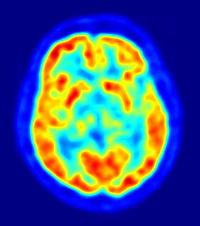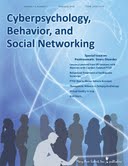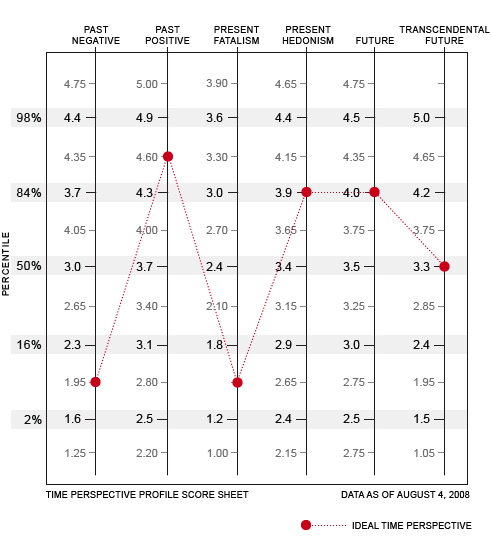Is Math Anxiety Contagious?
Sunday, June 13th, 2010 I hate math. Google that phrase and you will find a large number of groups, sites, books, articles, posts and images that celebrate the hatred of mathematics in the US. The obvious cause of this is that we teach (or try to teach) a lot of math to many students in the US. It is required. For most people math (or the way it is taught) does not fit how their minds naturally work. There is a strong mismatch between how we think and mathematical reasoning. Forcing it, in public, for a grade leads to negative and sometimes even traumatic experiences and ultimately anxiety. Such anxiety is why we hate math.
I hate math. Google that phrase and you will find a large number of groups, sites, books, articles, posts and images that celebrate the hatred of mathematics in the US. The obvious cause of this is that we teach (or try to teach) a lot of math to many students in the US. It is required. For most people math (or the way it is taught) does not fit how their minds naturally work. There is a strong mismatch between how we think and mathematical reasoning. Forcing it, in public, for a grade leads to negative and sometimes even traumatic experiences and ultimately anxiety. Such anxiety is why we hate math.
Resolving math anxiety is definitely a cognitive design problem (one of the more important ones) so I am always on the look out for new scientific studies that provide designable insights into it.
Take for example the interesting post on the BrainBlogger, Female Teachers’ Math Anxiety Effects Female Students, that suggests math anxiety might be contagious. To quote:
”A new study done on elementary school children suggests that a female teacher’s attitude to mathematics affects the performance of her female students. In the study, the more anxious teachers were about math, the lower the math achievement of female students. Moreover, girls who believed in traditional gender ability beliefs such as “boys are good at math and girls are good at reading,” had significantly lower achievement in math at the end of the school year than girls who did not and boys overall. This relationship between the teachers math anxiety and students performance was absent at the beginning of the school year when teachers did not have ample time with the students to affect their performance. It was evident only at the end of the school year. Thus, teachers with high math anxiety specifically affect girls’ math achievement, by influencing girls’ gender-related beliefs about who is good at math.”
Given that females teach most of the elementary school math in the US this could be an important source of the problem. As the author states later in the post “more care needs to be taken to develop positive math attitudes in these educators.” I agree. But exactly how do we do that? Can we leverage anxiety into empathy?
For the record, I do not hate math.





